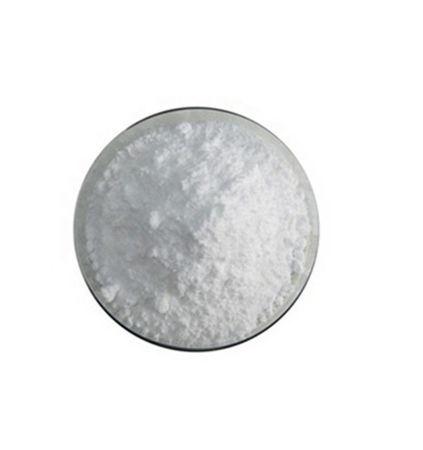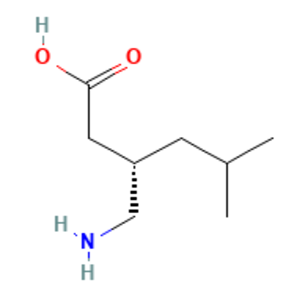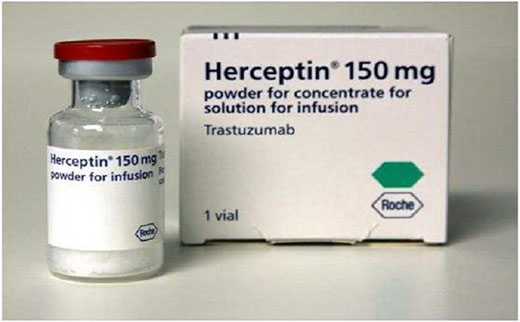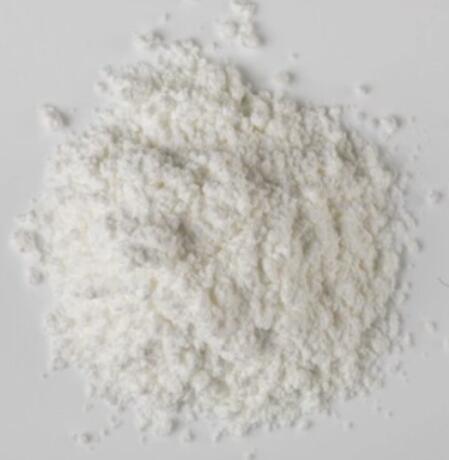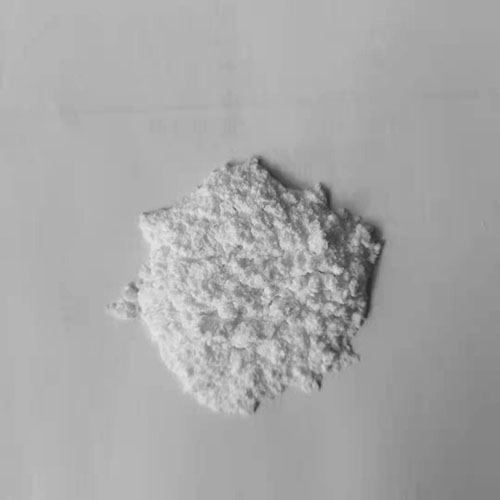Active Pharmaceutical Ingredients (API), popularly speaking, are the raw materials of medicines, only pharmaceutical raw materials are processed into pharmaceutical preparations , can they become medicines available for clinical use, so drugs we usually eat are the finished drugs through processing. Active Pharmaceutical Ingredients based on its sources can be divided into two major categories ,including chemical synthetic drugs and natural chemical drugs. Chemical synthetic drugs can be divided into organic synthetic drugs and inorganic synthetic drugs. Inorganic synthetic drugs are inorganic compounds ( very few is element), such as aluminum hydroxide, magnesium trisilicate which are used for the treatment of gastric and duodenal ulcers ; organic synthetic drugs are mainly composed of drugs made by basic organic chemical raw materials, through a series of organic chemical reactions (such as aspirin, chloramphenicol, caffeine, etc.). Natural chemical drugs ,based on its sources,can be divided into two categories including biochemical drugs and plant chemical drugs. Antibiotics are generally made by the microbial fermentation, which belongs to the biochemistry category. A variety of semi-synthetic antibiotics occurs in recent years,which are biosynthesis and chemical synthesis combining products.Among active Pharmaceutical Ingredients, the organic synthetic drugs varieties, yields and values have the largest proportion,which are the main pillars of the chemical and pharmaceutical industries. The quality of active Pharmaceutical Ingredients decides whether the formulation is good or bad , so its quality standards are very strict ,countries in the world have developed national pharmacopoeia standards and strict quality control methods for its widely used active Pharmaceutical ingredients.
Uses and Safety of Palmitoylethanolamide
Palmitoylethanolamide (PEA) is a chemical made from fat. It is found naturally in foods such as egg yolks and peanuts, and in the human body.
Jul 7,2022 APIUses and Preparation of Uracil
Uracil is a common and naturally occurring pyrimidine nucleobase in which the pyrimidine ring is substituted with two oxo groups at positions 2 and 4 .
Jul 6,2022 APISource, application and pharmacological effect of selenium
The essential trace mineral, selenium, is of fundamental importance to human health. As a constituent of selenoproteins, selenium has structural and enzymic roles, in the latter context being best-kno
Jul 6,2022 APIUses and Preparation of Pregabalin
Pregabalin is a 3-isobutyl derivative of gamma-amino butyric acid (GABA) with anti-convulsant, anti-epileptic, anxiolytic, and analgesic activities
Jul 5,2022 APIPreparation, application and healthy benefits of lactose
The characteristic carbohydrate of milk is lactose (4-0-β-D-galactopyra-nosyl-D-glucopyranose), commonly referred to as “milk sugar.” Practically, the milk of mammals is the sole source of lactose, a
Jul 5,2022 APIProperty, preparation and application of lithium hydroxide monohydrate
Lithium hydroxide monohydrate is one of the most important lithium compounds, is widely used in chemical raw materials, chemical reagents, magnesium ion batteries, petroleum, metallurgy, glass Li
Jul 5,2022 APIPharmacological effects of trastuzumab
Trastuzumab, an anti-Her 2 monoclonal antibody, blocks the growth of cancer cells by attaching itself to Her2 to block the attachment of human epidermal growth factor to Her2,
Jul 4,2022 APISynthesis and application of 1-bromo-8-chloronaphthalene
1-Bromo-8-Chloronaphthalene is usually readily prepared with a high yield via substitution of diazonium group by Halogens/Sandmeyer reaction. It is primarily used as an intermediate in the preparation
Jul 4,2022 APIMechanism of action of Pharmacodynamics
Theophylline, also known as 1,3-dimethylxanthine, is a phosphodiesterase inhibiting drug used in therapy for respiratory diseases such as chronic obstructive pulmonary disease (COPD) and asthma under
Jul 1,2022 APIThe utility of chloramphenicol
Chloramphenicol was the first of the clinically useful antibiotics to be synthesized and the only one which is marketed in synthetic form today
Jun 27,2022 API



